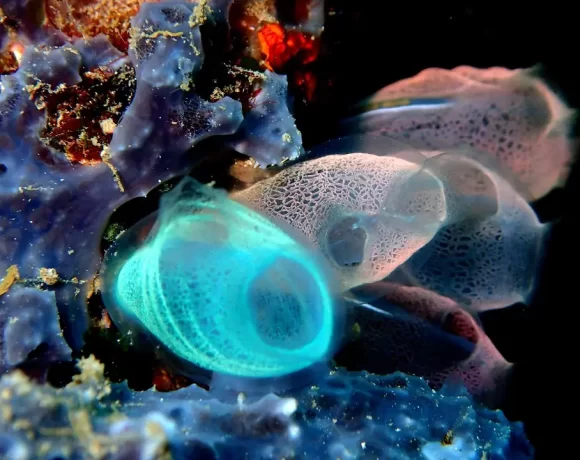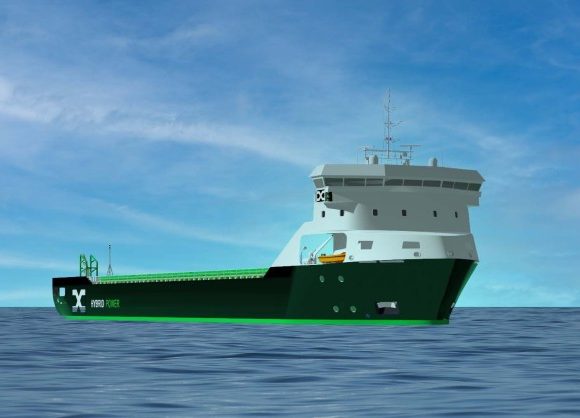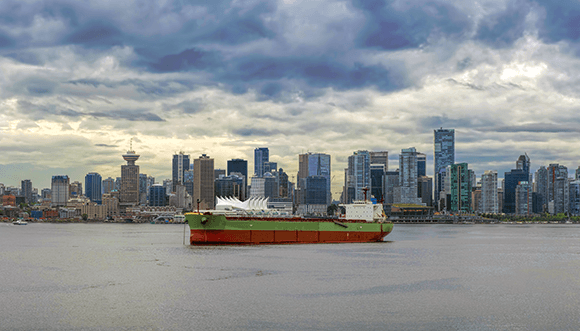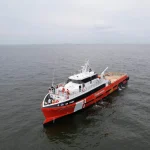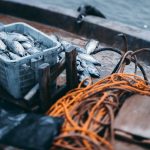Marine invasive species and their effect on the environment
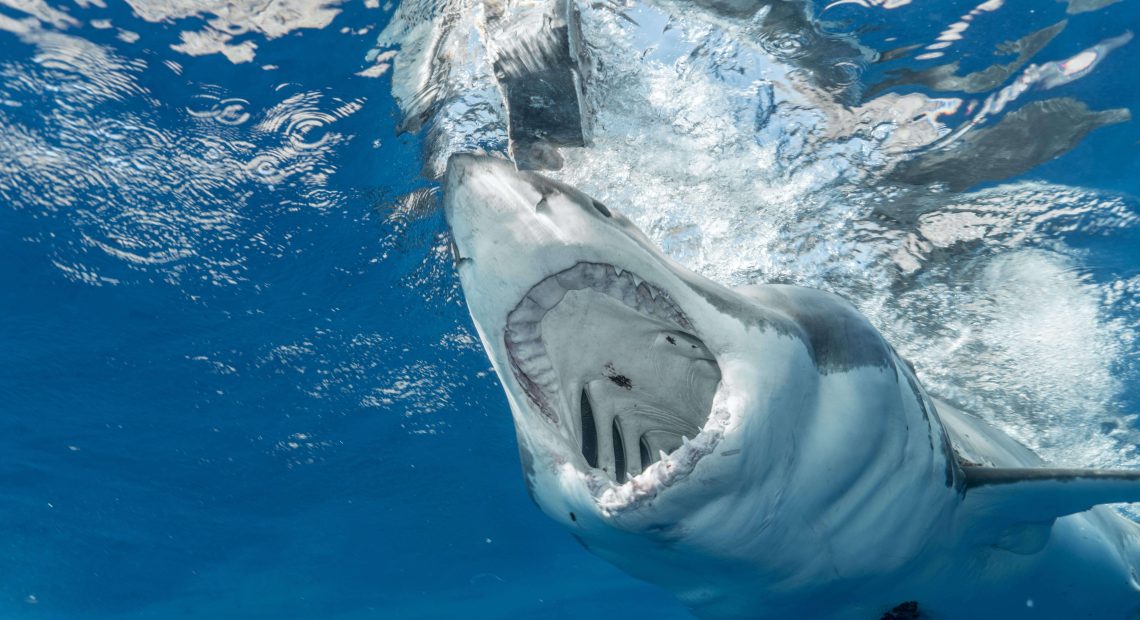
Introduction
Invasive species are non-native plants, animals, or microbes that are introduced into an ecosystem and have negative impacts on the native species and their habitat. While most people associate invasive species with terrestrial ecosystems, invasive species are also a significant problem in the ocean. Marine invasive species are introduced through ballast water from ships, aquaculture practices, and accidental releases, among other means.
Examples of marine invasive species
Amidst the vast diversity of marine species, the notorious lionfish stands out as a prime example of a successful marine invader. Originally endemic to the Indo-Pacific region, it has now infiltrated the Atlantic Ocean due to an unsuspecting accomplice, the aquarium trade. With its fast reproductive rate and venomous spines, this marine invasive species poses a significant threat to the Atlantic’s ecosystem, which lacks natural predators to keep it in check. The lionfish’s impact has been felt far and wide, with the Caribbean fishing industry taking a particularly hard hit. Juvenile fish populations have plummeted by up to 90% in some areas, indicating the grave impact of this seemingly innocuous aquarium fish.
Another example of a marine invasive species is the zebra mussel, which was introduced to the Great Lakes in the 1980s through ballast water from ships. Zebra mussels can clog water intake pipes, which can cause problems for power plants and other industries that rely on water for cooling. They also compete with native species for food and habitat, and their sharp shells can cut the feet of swimmers and beachgoers.
The economic impact
The economic impact of marine invasive species is significant. In the United States alone, the cost of managing invasive species is estimated to be $120 billion per year. Invasive species can cause damage to infrastructure, impact commercial and recreational fishing, and reduce property values. The diminutive zebra mussel has had a disproportionately large impact on the Great Lakes region, leaving behind a trail of destruction that has cost billions of dollars in damages. Water treatment plants, power plants, and other crucial infrastructure have been particularly hard-hit by this invasive species, causing significant economic and ecological damage.
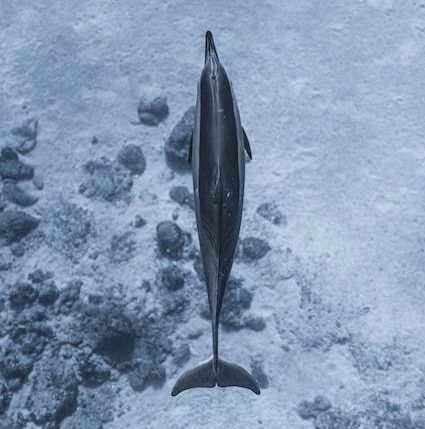
The ecological impact
The ecological impact of marine invasive species can be devastating. Invasive species can outcompete native species for food and habitat, leading to declines in native populations. They can also alter the physical and chemical properties of the water, which can impact the entire ecosystem. For example, the Asian clam was introduced to the San Francisco Bay in the 1980s and has since spread throughout the estuary. The clam feeds on plankton, which is a critical food source for native fish and bird species. As a result, the populations of these species have declined significantly.
The social impact
Marine invasive species can also have a significant social impact. For example, the introduction of the lionfish to the Caribbean has had a major impact on the fishing industry, which is a critical source of income for many people in the region. In addition, invasive species can impact recreational activities such as swimming, boating, and fishing, which can have a negative impact on local economies and the quality of life for residents.
Efforts to prevent and control the spread
Efforts to prevent and control the spread of marine invasive species include ballast water management regulations, quarantine and inspection programs, and public education and outreach. For example, the International Maritime Organization has developed guidelines for ballast water management to reduce the risk of introducing invasive species through ballast water discharge. Many countries have also implemented quarantine and inspection programs to prevent the introduction of invasive species through imports and exports.
Public education and outreach are also important in preventing the spread of invasive species. Many organizations, such as the National Oceanic and Atmospheric Administration (NOAA), provide resources and information on how to identify and report invasive species sightings. Some organizations even host community events to encourage public participation in invasive species management efforts.
In addition to prevention and control efforts, there are also efforts to manage and control existing invasive species populations. This can include methods such as physical removal, chemical treatments, and biological control. However, it is important to carefully consider the potential impacts of these methods on the ecosystem before implementing them.
Conclusion
Marine invasive species pose a significant threat to the health of the ocean ecosystem, as well as the economy and social well-being of communities that rely on it. While prevention and control efforts have been implemented, there is still much work to be done in managing and controlling existing invasive species populations. By working together and taking action to prevent the introduction and spread of invasive species, we can help protect the health and biodiversity of the ocean for future generations.

